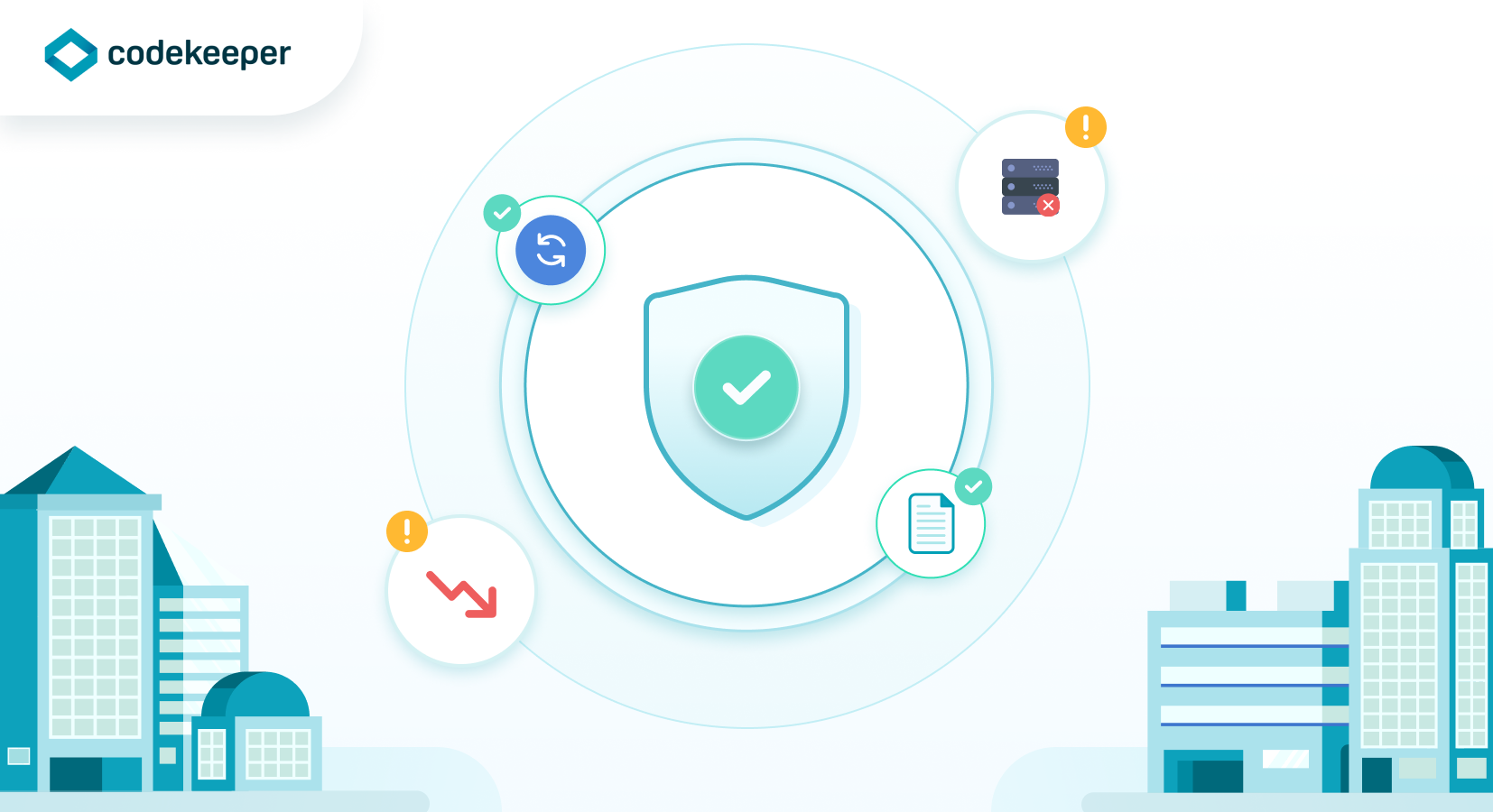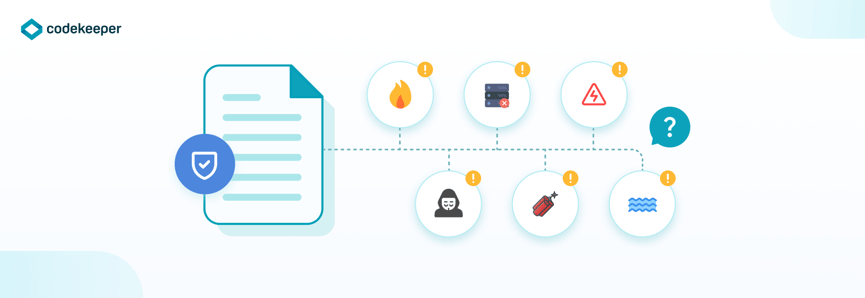Why You Need a Software Disaster Recovery Plan

Want more insights like this?
Subscribe Here!
Disasters can strike at any time, and it is essential for businesses to have a disaster recovery plan in place. When it comes to software, disaster recovery is crucial for preventing data loss and ensuring that business operations can continue uninterrupted. So what are the steps businesses can take to implement an effective disaster recovery plan?
What is Software Disaster Recovery?
Software disaster recovery refers to the process of restoring software systems and data after a disaster has occurred. This could include natural disasters like floods, fires, or earthquakes, as well as man-made disasters like cyberattacks, power outages, or hardware failures. Disaster recovery is designed to minimize downtime and ensure that business operations can continue as usual, even in the face of a disaster.
This can be achieved by investing in software escrow which means a software escrow agent holds your business-critical software in escrow which is released to you in the event of a disaster.

The Importance of Software Disaster Recovery in the Form of Software Escrow
The recent developments in the collapse of Silicon Valley Bank have highlighted the need for both software developers and their clients to invest in software escrow, source code escrow, and SaaS escrow as part of their own disaster recovery plan to ensure their own business continuity in the event of a disaster. There are several reasons why software disaster recovery is essential for businesses. Here are a few of the most significant:
-
Minimizing Downtime
When a disaster strikes, time is of the essence. The longer your software systems are down, the more it will cost your business in terms of lost productivity and revenue. With an effective disaster recovery plan in place, you can minimize downtime and get your systems up and running as quickly as possible. This can help to reduce the impact of a disaster and ensure that your business can continue operating without major interruptions.
-
Protecting Data
Data is one of the most valuable assets for any business, and losing it can have catastrophic consequences. With disaster recovery, you can ensure that your data is backed up and protected, even in the event of a disaster. This can help to prevent data loss and ensure that your business can continue operating as usual.
-
Ensuring Business Continuity
Disasters can have a significant impact on your business, but an effective disaster recovery plan like entering into a software escrow agreement can help to ensure that your business can continue operating without major interruptions. By having a plan in place, you can quickly recover from a disaster and resume your business operations, minimizing the impact on your customers and employees.
-
Meeting Compliance Requirements
Many businesses are subject to regulatory compliance requirements, which may include data protection and disaster recovery measures. By investing in software escrow, you can ensure that you meet these requirements and avoid potential fines or penalties for non-compliance.

Steps to Implementing an Effective Disaster Recovery Plan
Implementing a disaster recovery plan for your software systems requires careful planning and preparation. Here are some steps that businesses can take to implement an effective disaster recovery plan:
-
Assess Your Risks
The first step in developing a disaster recovery plan is to assess your risks. This includes identifying potential disasters that could impact your business, as well as the likelihood and potential impact of each scenario. This will help you to prioritize your disaster recovery efforts and ensure that you are prepared for the most likely and most significant risks.
-
Define Your Recovery Objectives
Once you have identified your risks, you need to define your recovery objectives. This includes identifying the recovery time objectives (RTOs) and recovery point objectives (RPOs) for each of your systems. The RTO is the amount of time it takes to restore your systems after a disaster, while the RPO is the maximum amount of data loss that you can tolerate. Defining these objectives will help you to prioritize your recovery efforts and ensure that you can recover your most critical systems and data as quickly as possible.
-
Develop Your Recovery Strategy
With your recovery objectives in place, you can begin to develop your recovery strategy. This includes identifying the tools and resources that you will need to recover your systems, such as placing your business-critical software in escrow. Your recovery strategy should include step-by-step instructions for recovering each of your systems, as well as contingency plans for any unforeseen issues that may arise.
-
Testing the Plan:
Once the disaster recovery plan has been developed, it is essential to test it thoroughly. Testing the plan will help identify any weaknesses or gaps in the plan and ensure that it can be implemented successfully in the event of a disaster. Testing should be done regularly, and the plan should be updated as needed to ensure that it remains effective.
In conclusion, software disaster recovery is essential for businesses to minimize the impact of a disaster and ensure business continuity. By implementing an effective disaster recovery plan, businesses can protect their data, minimize downtime, and meet regulatory compliance requirements. It is crucial to assess the risks, define recovery objectives, develop recovery strategies, and test the plan regularly to ensure that it remains effective. In today's world, where disasters can occur at any time, having a robust disaster recovery plan in place is critical for the success and survival of businesses.
There’s no time like the present.
We offer a hassle-free, fully online process that you can initiate right now:
Or you can book a demo with one of our experts who will happily show you around.
Ensure your business continuity with Codekeeper today!










